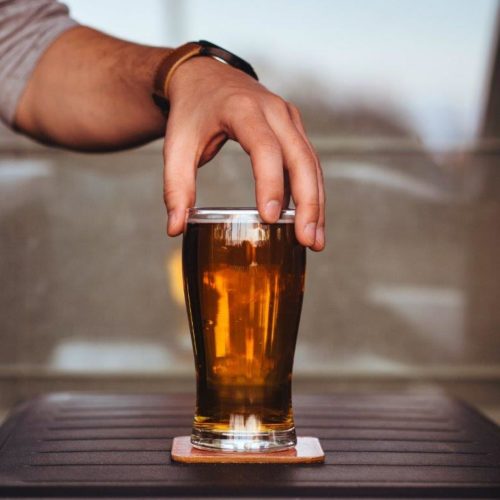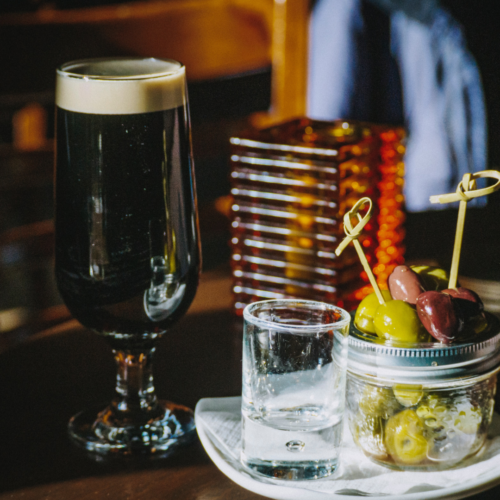BEER CHARACTERIZED BY HIGH HOPS AND BURSTING FLAVOURS
A forever changing beer.
Originated in Britain, barrels loaded of beer with hops used as a preservative were loaded onto ships when heading to India. After such long durations of travel, upon opening, the beer left a rather bitter, flavourless taste.
However, throughout centuries of evolution, the India Pale Ale has evolved from its old routes into a multitude of tastes that cater for all beer drinkers. From an extremely fruit packed punching drink in a New English Style to a West Coast crisp yet still rather bitter drink, the India Pale Ale covers all characteristics an avid lover of fruity beer is searching for.
The surge after the fall.
After the takeover lager showcased and dominated earlier on in the century, in the 1980s American hops were discovered with stronger flavours and aromas and were starting to be exported over to Europe due to such high demand. UK brewers were unable to grow enough of their own locally and the IPA export beer it was formerly known as started to scatter all over the world with countries in Europe as well as Australia creating new beers with vast flavours inspired from the new American hops.
Hopping through flavours.
In today’s society, the demand for unique better tasting beers has never been higher. IPAs from all over the world taste different to one another and offer different levels of hops and characters in their flavour to satisfy different beer connoisseurs.
Whether you’re looking for a more traditional bitter English or West Coast style with bolder hops and flavours or East Coast and New England types with juicier and smooth characteristics, the India Pale Ale tends to have it all. More so today, the introduction and rise of milkshake and rye IPA’s are hitting the market hard.


